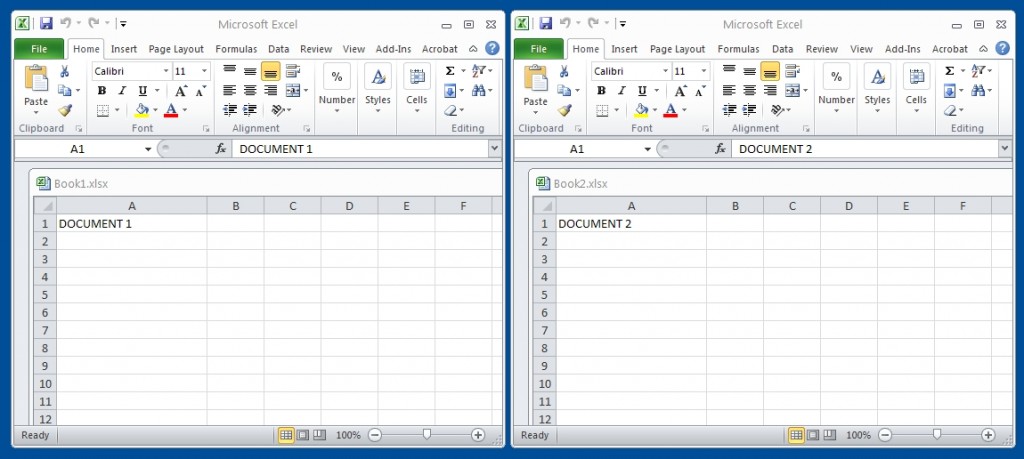5 Ways Engineering Involves More Paperwork Than You Think
The common perception of engineering often revolves around practical work, designing, testing, and fieldwork, which leads many to believe that engineers are continuously engaged in hands-on activities. However, a significant part of engineering work involves much more paperwork than one might expect. This article explores five key areas where engineers need to deal with extensive documentation, highlighting how administrative and regulatory compliance forms a critical part of their roles.
Project Documentation and Specifications
Before any physical engineering project begins, there’s a substantial amount of paperwork that sets the foundation:
- Project Proposals: Engineers must draft detailed project proposals which include objectives, expected outcomes, methodologies, and estimated timelines.
- Engineering Specifications: These documents detail every aspect of what the project will entail, from materials to be used, design standards to be followed, to performance criteria.
- Design Drawings: CAD drawings, sketches, and diagrams must be meticulously prepared, reviewed, and revised, often accompanied by extensive notes and annotations.
📝 Note: Accurate documentation ensures all stakeholders have a clear understanding of the project scope, reducing the risk of misinterpretation or errors during execution.
Compliance and Safety Regulations
Engineering projects, especially in construction, infrastructure, and manufacturing, must adhere to numerous standards and regulations:
- Safety Compliance: Engineers are responsible for ensuring that all work adheres to OSHA (Occupational Safety and Health Administration) or other local safety regulations, requiring documentation on safety plans, hazard assessments, and mitigation strategies.
- Environmental Regulations: Compliance with environmental laws requires engineers to file reports on the potential environmental impact, waste management plans, and more.
- Industry Standards: Documentation must align with standards like those from ASTM, ASME, IEEE, etc., which involve extensive paperwork.
| Regulatory Body | Common Documentation |
|---|---|
| OSHA | Safety Protocols, Incident Reports |
| EPA | Environmental Impact Assessments, Permits |
| ASME | Pressure Vessel Certification, Design Reviews |
🚨 Note: Proper documentation helps prevent legal issues, fines, and project delays due to non-compliance with regulations.
Quality Control and Testing Reports
Ensuring the quality of engineering work involves comprehensive testing and documentation:
- Material Testing: Engineers must keep records of material tests like tensile strength, chemical composition, and corrosion resistance.
- Prototype and Product Testing: Detailed reports on design iterations, test results, failure analysis, and corrective actions are critical.
- Final Inspection and Approval: Comprehensive reports are required to verify that all parts of the project meet the design specifications.
Progress Reports and Communication
Project management requires ongoing documentation to keep all parties informed:
- Meeting Minutes: Engineers often need to record, distribute, and store minutes from numerous project meetings.
- Progress Updates: Regular status updates, change orders, and milestone achievements need to be documented.
- Client Communications: Letters, emails, and memos must be maintained to ensure clear communication and resolution of disputes.
Post-Project Documentation
After a project concludes, the paperwork continues:
- As-Built Drawings: Finalized drawings that reflect the actual construction or development, crucial for future reference and maintenance.
- Maintenance Manuals and Handover: Detailed instructions on how to operate, maintain, and repair the engineered product or infrastructure.
- Project Closure Documentation: Engineers compile lessons learned, closure reports, and archive all project-related documents for legal or reference purposes.
Throughout this journey, we've seen that engineering involves a vast array of paperwork, often overlooked by those outside the profession. This paperwork ensures accountability, quality assurance, legal compliance, and clear communication, which are all fundamental to project success. While the physical aspects of engineering are indeed visible, the paperwork is the backbone that supports and drives these projects to successful completion, protecting both the engineers and the clients from potential pitfalls and ensuring projects meet their objectives.
Why is project documentation so important in engineering?
+Project documentation provides a record of decisions made, actions taken, and the rationale behind them, ensuring transparency, traceability, and accountability throughout the project lifecycle.
Can’t engineers focus just on the technical aspects?
+While the technical work is core to engineering, the associated paperwork is essential for ensuring projects are legally compliant, meet quality standards, and are successfully implemented and maintained.
What are some best practices for managing engineering paperwork?
+Best practices include using electronic document management systems, maintaining consistency in documentation formats, ensuring version control, and scheduling regular review sessions to keep documentation up to date.



